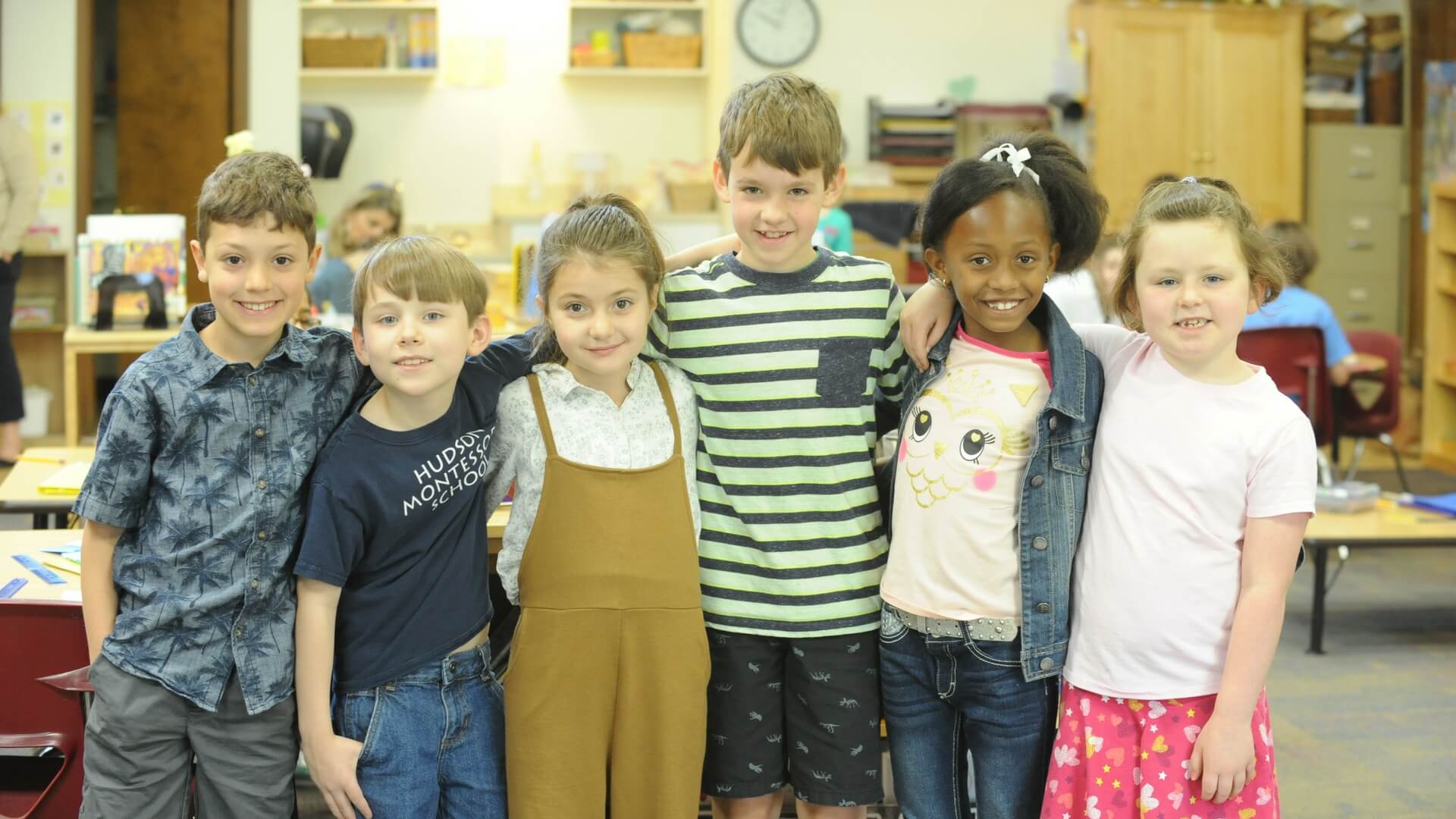In a Montessori classroom, children are encouraged to learn through hands-on methods. While technology and books certainly play a role, students aren’t stuck behind a screen or staring at a printed page all day. Instead, they’re given the chance to explore creatively, utilizing hands-on learning opportunities. What common Montessori materials will you find in a traditional Montessori classroom? There are several to consider.
Letters and Numbers
Letters and numbers can be manipulated in many different ways. In the average Montessori classroom, you’ll find children using plastic letters and numbers as they explore sounds, relationships, and words. This tactile method allows further stimulation of the brain and lets children explore more effectively with the alphabet and with basic math skills.
Shape Sorters
Young children are still developing their tactile and visual relationship with the world–and they need the opportunity to fully explore what their world looks like. Shape sorters allow them to check out different sizes and shapes and how they relate to one another. Shape sorters are often carved out of wood, rather than the plastic you find in many other preschools.
Stacking Blocks
Stacking blocks, typically displayed as the iconic “pink tower,” are the perfect toy for a Montessori classroom. Not only can children enjoy building with them, transforming them into a series of delightful creations, they can also work with blocks to build a tower of steadily smaller blocks: a highly stable construction that helps students explore basic STEM skills.
Dressing Frames
In a preschool or kindergarten classroom, dressing frames have immense benefit. They can help students learn how to tie shoes, do up zippers and complicated buttons, and develop other fine motor skills that are critical to their day-to-day interaction with the world around them. These frames may have a single item for children to manipulate, or they may have several different options in a single frame.
Geometric Shapes
Some shapes are designed to manipulate together, like tangrams, to form fascinating pictures. Others are simply intended to show the relationship between size, shape, and function in simple shapes and objects.
Color Tiles
Color tiles can help show the relationship between different colors. They may be arranged in rainbow order to help children grasp the color spectrum, or they may stack and manipulate together, allowing children to shine light through them as they further their understanding of color mixing. These simple color tiles allow for color exploration without the mess associated with using paints or dyes.
Binomial Cubes
Binomial cubes are intended to help students go beyond the basics of colors and sorting. These cubes can be used to help illustrate complicated mathematical concepts, allowing them to display math concepts in a clear, hands-on way that encourages students to continue manipulating equations and deepening their understanding.
In a Montessori classroom, common Montessori materials are generally arranged so that children can easily access them. Children are responsible for choosing the activities that interest them. Materials are often self-correcting: rather than requiring adult supervision for the child to figure out how to use them properly, the materials themselves show the child how they are intended to interact. With these simple tools and materials, children are able to advance their learning through hands-on methods. Many children in Montessori classrooms enjoy learning and look forward to coming to school each day.
Are you ready to find a new classroom for your child–a classroom where they will be encouraged to learn through creative play, to develop a better relationship with the world around them, and to dig deeper into subject areas that genuinely interest them? Contact best private school today to learn more about the Montessori method and how it can help shape your child’s future.


